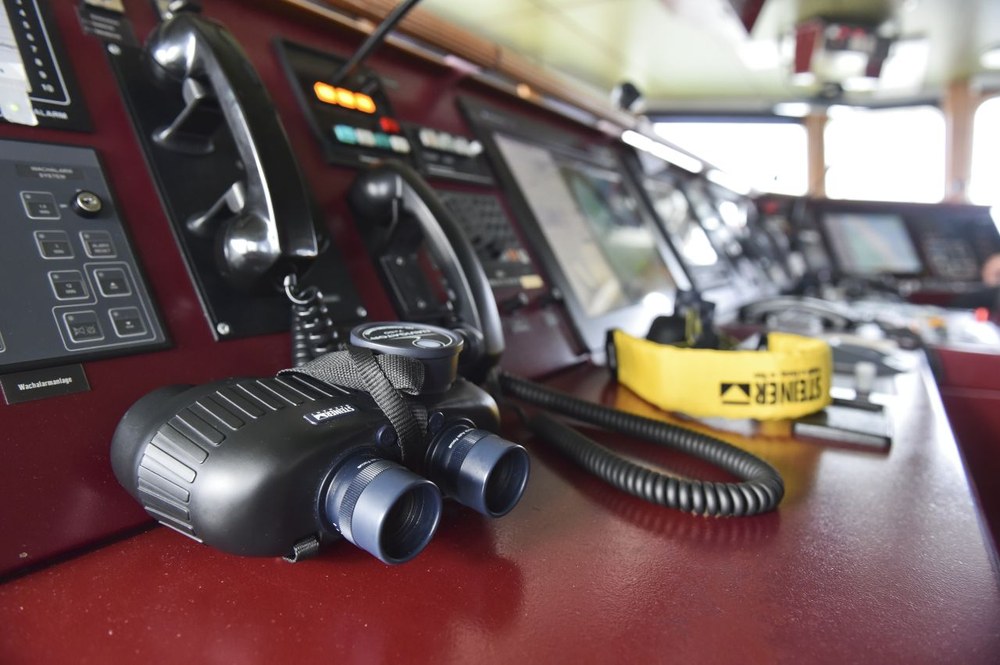Wave Identification and Prediction from Marine Radar
Due to its great potential in increasing the safety and efficiency of ship manoeuvres, such as crew or load transfers during offshore wind turbine operations, phase-resolved wave prediction is the object of intense research in the ocean and computer engineering communities. In contrast to statistical approaches that can only estimate an expected characteristic wave height of the sea state, phase-resolved predictions describe the sea surface elevation around the ship in the near future "wave-by-wave". Such deterministic description of the surface dynamics relies on the knowledge of the surrounding wave conditions, measured either by in-situ sensors (e.g. wave buoys, ADCPs) or remote sensors (e.g. marine radars, stereo-video cameras). The latter are generally preferred, since they can follow the trajectory of the structure over which they are mounted, like a moving ship.

However, the time-consuming task of extracting the wave-related information from the measurements (i.e. solving a complex, high-dimensional inverse problem), required to find the initial conditions of the physical wave model used for the prediction, is subject to the real-time constraint of prediction algorithms. Consequently, a trade-off between physical accuracy and computational time has to be found, and the hydrodynamic nonlinear effects are generally disregarded. So far, fully linear approaches remain the state of the art in operational prediction systems, limiting their relevance to calm sea states and short prediction horizons. To overcome those limitations, faster numerical methods for nonlinear wave modeling and simulation in real time are required.

Because real radar measurements do not come with the underlying surface elevation, a tool for generating synthetic radar data – allowing us to perform predictions and compare them with the ground truth – is used to develop our algorithms before full-scale validation with real measurements. Intermediate results on the prediction of unidirectional waves, using both synthetic radar data and experimental wave-tank measurements, can be found here. In addition to tackling this challenging problem with purely physics-based approaches, machine-learning models as well as hybrid methods are under development.


